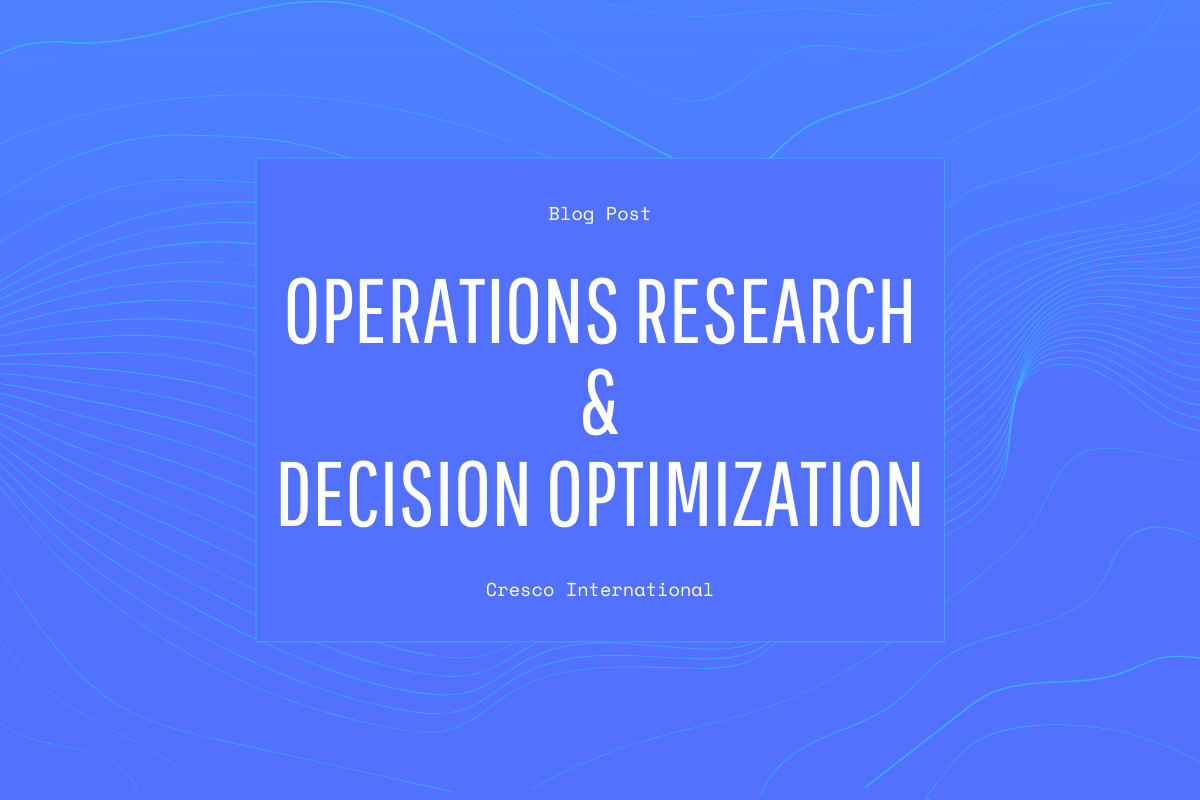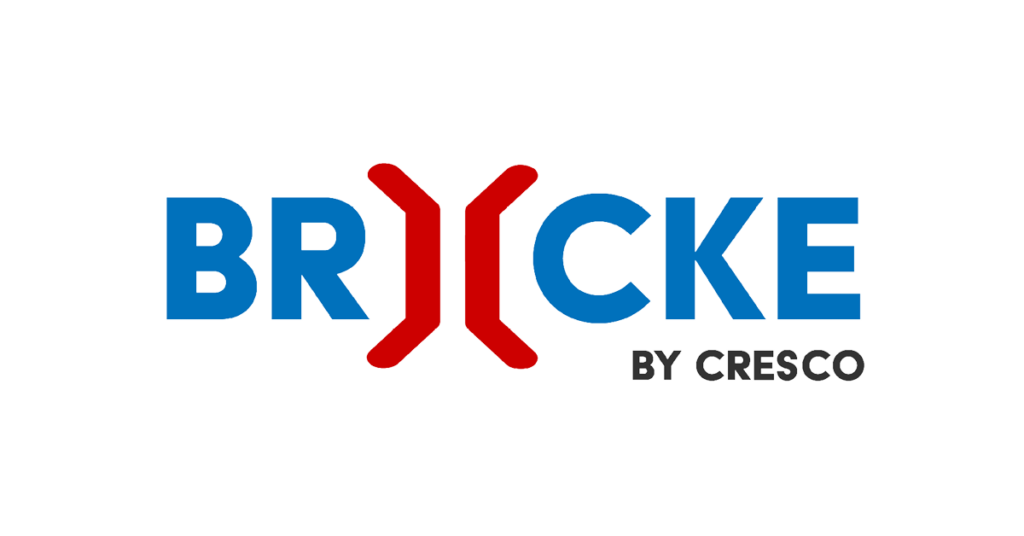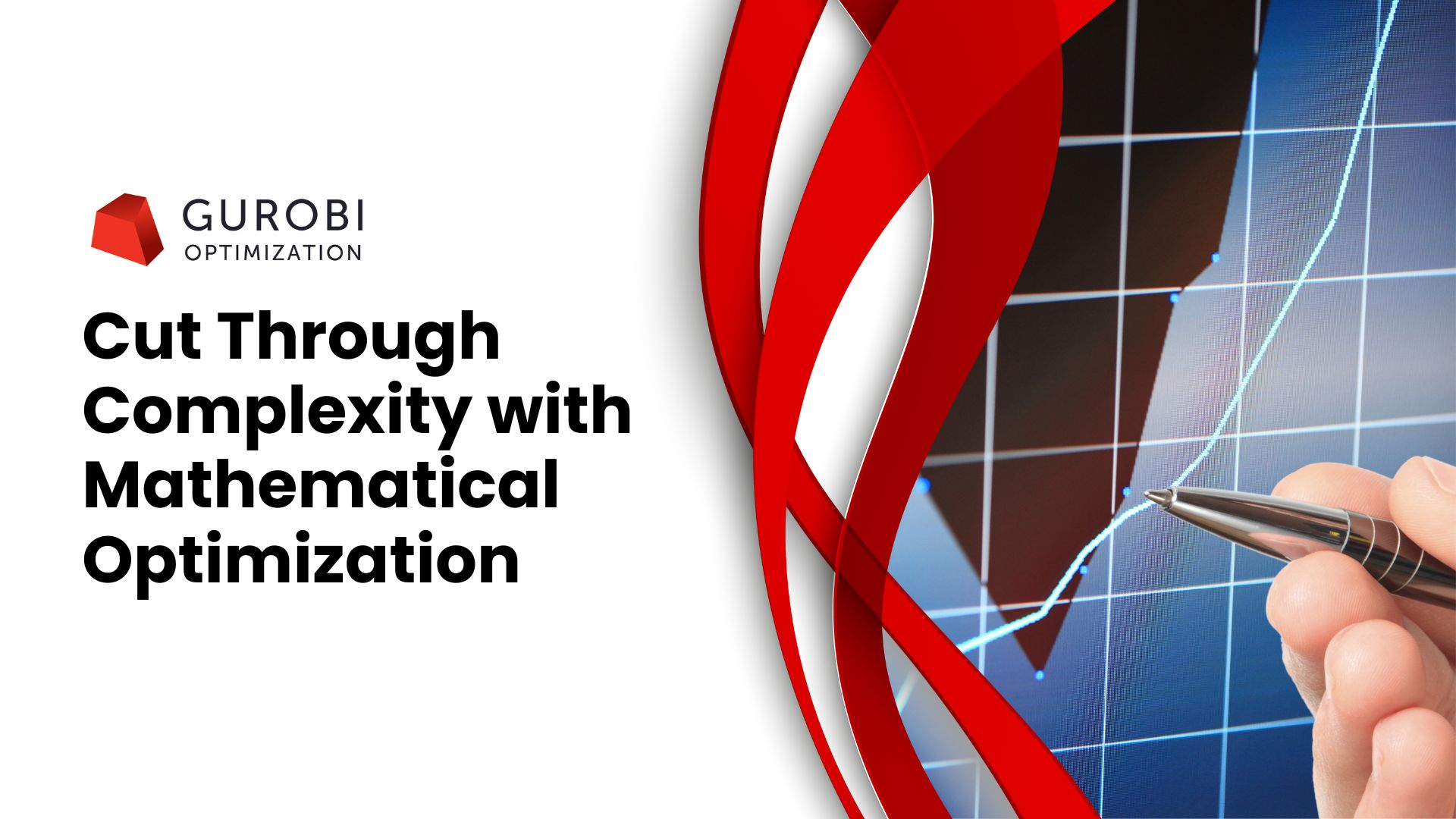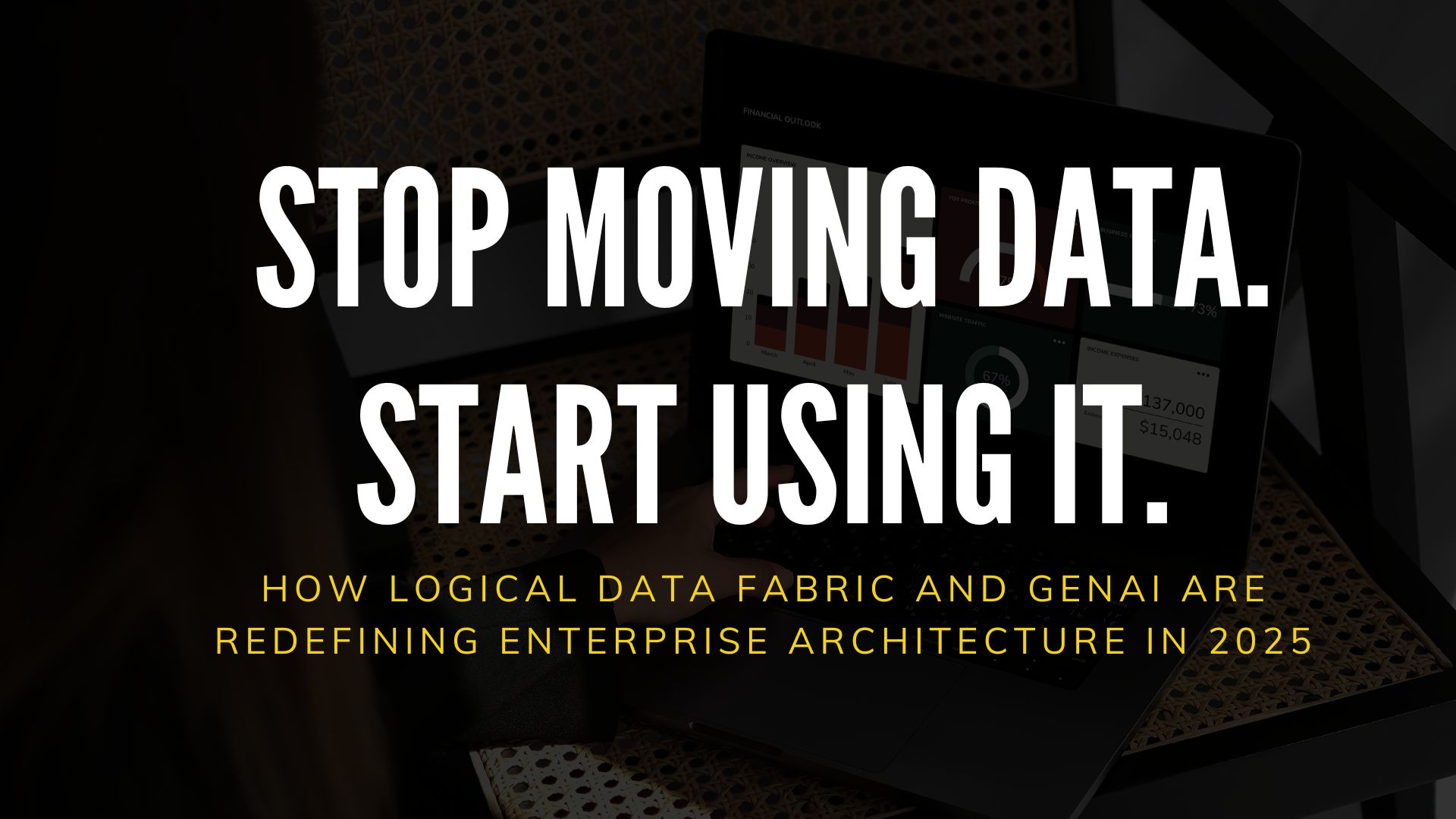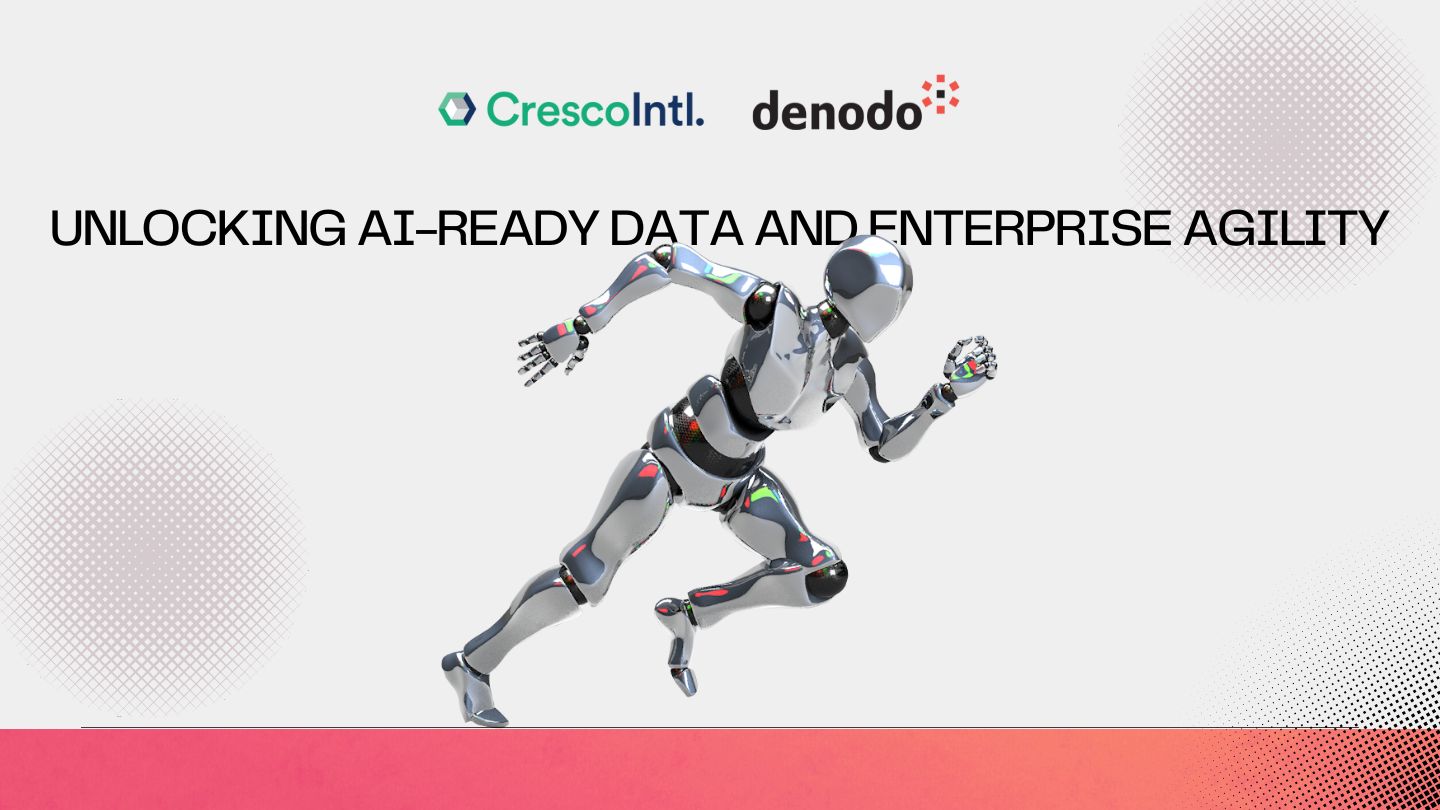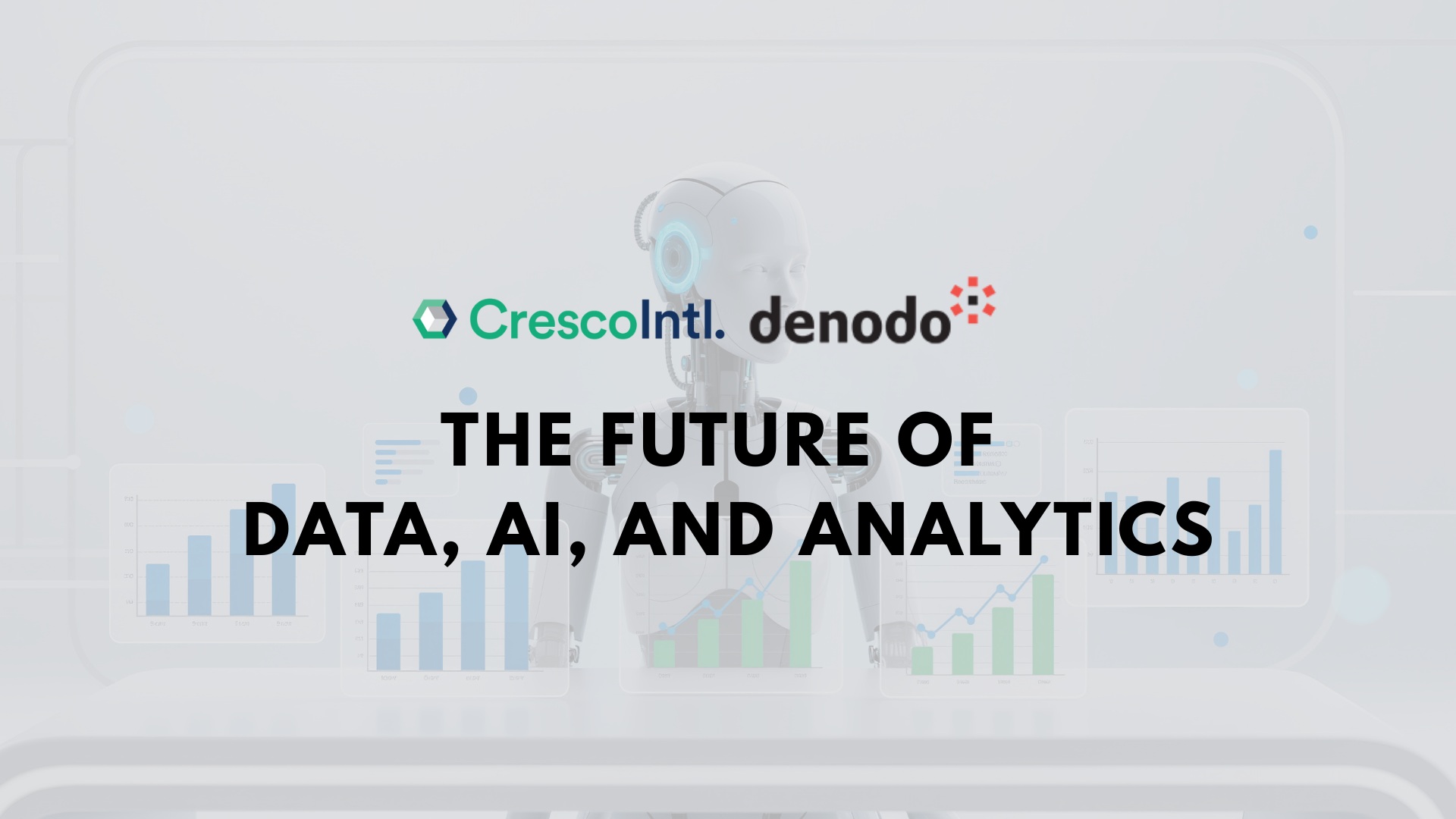When I first started working at Cresco, I was so lost when it came to the lingo that was being tossed around. I came from a background in healthcare & neuroscience. I can tell you how a sodium-potassium pump works, where memories are stored, and what the amygdala does. So when I heard the term OR being used, my mind automatically thought of the operating room. BUT in this industry, OR means operations research. I had zero clue as to what that stood for before working at Cresco. I guess I could have figured it out by the individual words, but I didn’t want to guess wrong and embarrass myself on my first day. Don’t worry… now I know what it means. And I’m here to help others understand this terminology as well!
What is Operations Research?
Let’s start off with the definition of operations research (OR). The picture on the right (or below if you’re on a mobile device) has two definitions, one from Google and the other from Wikipedia. High credibility? Eh. But again, I am still no expert on these topics, so I am using the resources I have.

C.W. Churchman, one of the pioneers of OR, defines operations research as the application of scientific methods, techniques and tools to problems involving the operations of a system so as to provide those in control of the system with optimum solutions to problems.
Now that we have a few definitions for OR, let’s break it down for those of you still lost (like myself). Operations research goes by other aliases: decision science, management science, and operations analysis. Ultimately, OR integrates mathematics and business solutions. Remember when you were learning the quadratic function in high school and swore you would never use it in the real world? Well, you still might not be, but indirectly you could be using it with OR.
How does OR work?
Operations research uses a systematic approach to solve problems and serves as an advisory role for decision makers. I’ve replicated a model from Jayant Rajgopal that illustrates how operations research works.
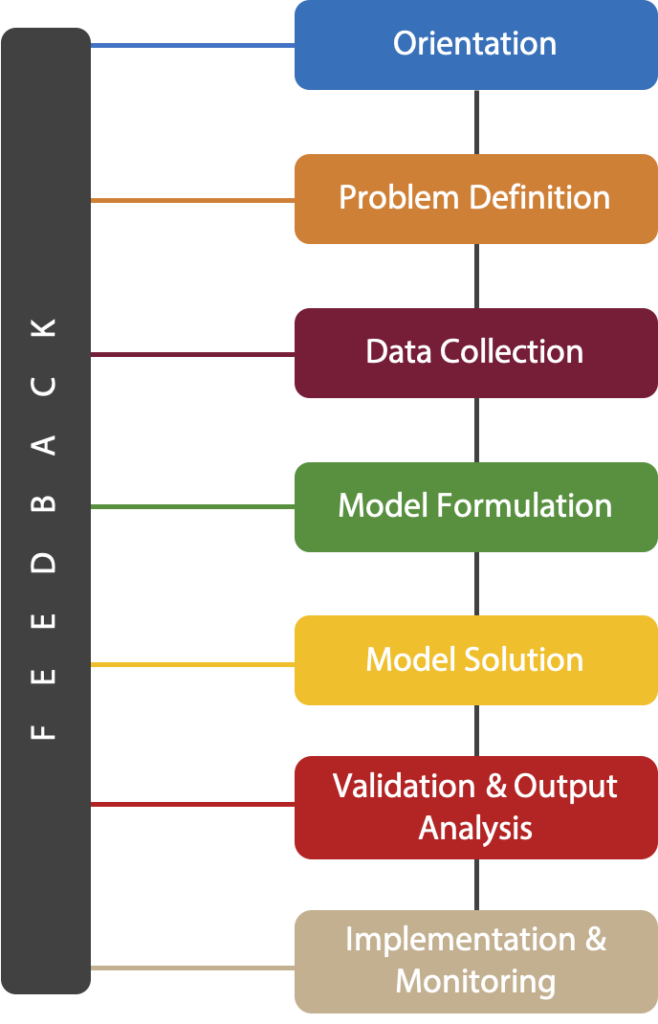
Orientation – The first step of the OR approach is problem orientation. This entails addressing the problem at hand and recognizing relevant issues.
Problem Definition – This is the second step of OR and possibly one of the most difficult steps of the process. At this point, we want to define both the problem and the results desired.
Data Collection – The third phase of OR is exactly what it sounds like… collecting data. Cresco can help with this step.
Model Formulation – The fourth step requires a significant amount of time and attention. Mathematical models are formulated to optimize decisions based on variables, constraints, and objective functions of the problem at hand.
Model Solution – We are now at the fifth step which is the solution of the problem represented by the model. The objective is to determine which of the many available techniques is appropriate for the model constructed. There is currently a great amount of research and development of this phase.
Validation & Output Analysis – In this sixth step, verification of the solution is critical as well as a “what-if” analysis. During this phase, the range of applicability and sensitivity to model parameters are reviewed.
Implementation & Monitoring – The final step of OR is to implement the final recommendation, establish control, and monitor it. This phase, mind you, is at the discretion of whomever is leading. If there is disagreement between the model and the decision maker (most likely a human), well, robots can’t take over the world quite yet and will have to deal with the “wrong” decision.
So, what is decision optimization?
Okay, so I made OR tailored towards decision optimization (DO) when I started talking about mathematical models in the model formulation section. Technically, there are other models that can be implemented in OR such as physical, analogic, and simulation models. For our purposes, we are focused on the mathematical models.
Decision optimization is exactly what it sounds like… optimizing decisions by using mathematical and constraint programming. It follows the OR process. For example, you can utilize decision optimization when creating staff schedules. There are several constraints that need to be considered like the availability of employees, time off, skillset, need, overtime, budget, etc. Using decision optimization technology (i.e. Brücke), you’ll be able to create the best freakin’ schedule that meets all those constraints at the click of a button.
Examples of DO include: production planning, machine scheduling, gas and oil blending, fleet assignment, factory planning, workforce scheduling, supply allocation, and more!
How do you implement decision optimization?
Implementing decision optimization is EASY. Well, Cresco has made it easy with their Brücke solution. Typically, you have to be an OR specialist to use decision optimization technology. But Cresco has bridged that gap for end users with Brücke! (Brücke actually means bridge in German… not a coincidence if you’re wondering). What that looks like is having access to decision optimization AND data science technology at the click of a button within an analytics platform. Was that confusing? Let me break it down again…
Brücke integrates decision optimization and data science technology with analytics platforms. You don’t have to switch between applications to access DO technology because Brücke gives you access to it within analytics platforms, something your company probably already has. How cool, right? I don’t really want to repeat myself on Brücke because I wrote a blog on it not too long ago. So if you want to learn more about it, check out that post or contact Cresco today!
All in all, I hope you learned something today about operations research and decision optimization. This technology is really cool, and it is not being utilized as much as it should. I strongly believe OR and AI technology is the future, and if you’re not hopping on that train, you’ll be left at the station.

